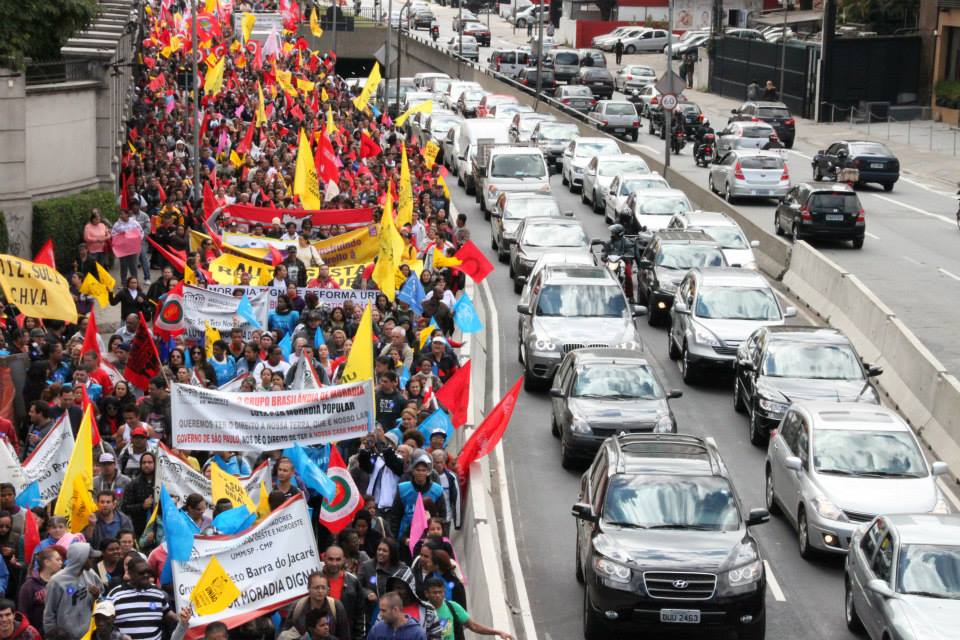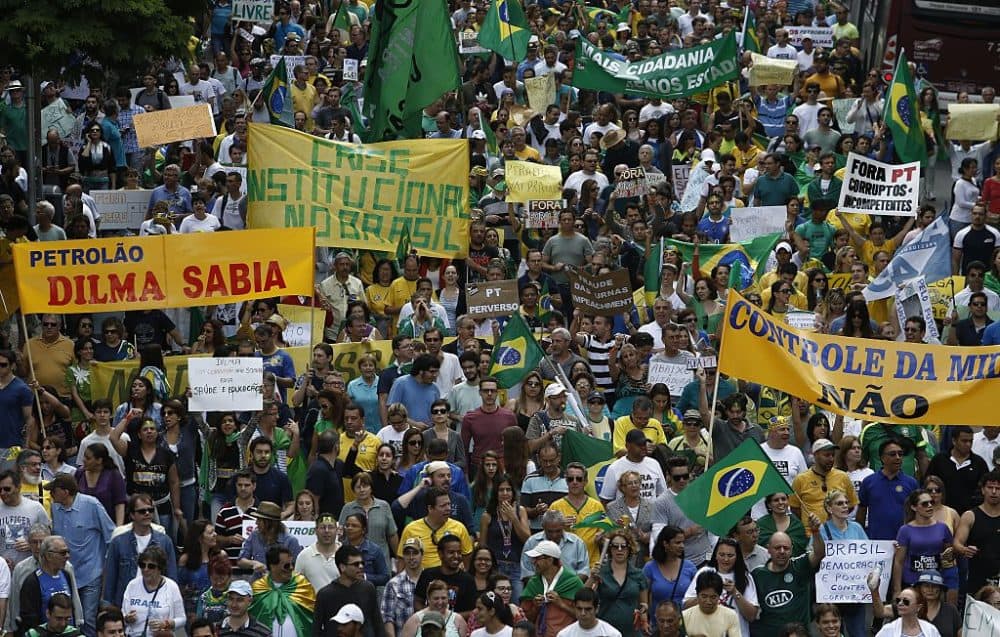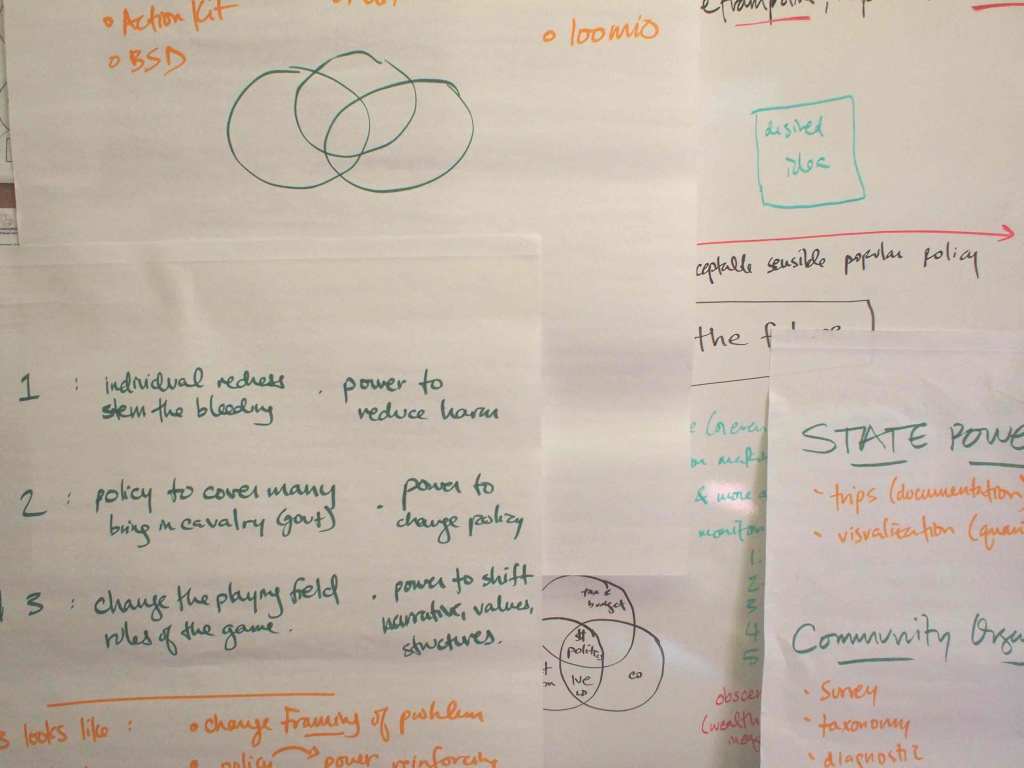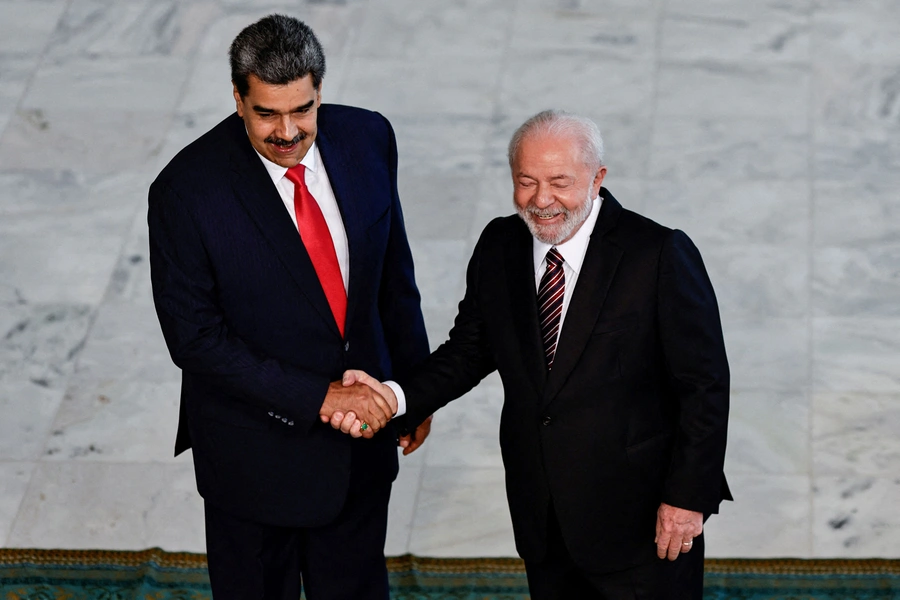
A Brief Look at Brazilian Social Movements - Center for Economic and Policy Research
Brazil currently has its most conservative Congress in decades. As violence against social movements increases and the criminalization of Brazilian social movements in the media and judiciary intensifies, it is a good time to take a closer look at who these movements are and what they are doing. How did they start, and what is their position in the current political context? This article is meant to serve as a very brief introduction to two of the largest Brazilian social movements: the MST and the UNMP. During the 1970s, as Brazil suffered under a U.S.-supported neofascist military dictatorship, liberation theology factions within the Catholic Church created political organizing groups, called ecclesiastic base communities, in poor villages and slums. Using methodological tools developed by philosophers such as Paulo Freire, and influenced by Marxism, the priests and nuns began to develop local leaders and organize exchanges among them at the local, regional and national level. There were other factors at work, but the role that liberation theologians played, from the final years of the dictatorship until their censure by the Church hierarchy in the late 1980s and early 1990s, was fundamental in the formation of the popular (or “poor people's”) social movements. These movements played an important part in creating one of world's most progressive constitutions, as well as in the formation of the PT (Workers Party), and the elections and re-elections of Lula Inacio da Silva and Dilma Rousseff. Photo courtesy of the UNMP-São Paulo. The Movimento dos Trabalhadores Sem Terra, or MST (commonly called the Landless Peasants' Movement, or Landless Workers' Movement), was created in 1984 to address historic inequalities in rural areas (caused by 500 years of monoculture) by fighting for agrarian reform, collectively squatting on and farming on unproductive land under the slogan “Occupy, Resist, Produce.” Due mainly to its efforts, this practice is considered legal under the 1988 Constitution (although the Constitution is frequently ignored by local governments and the judiciary in Brazil) and is now regulated, supported and protected by a government agency called the Instituto Nacional de Colonização e Reforma Agrária.

Brazilian Social Classes, Background & Categories - Lesson
Highlight, take notes, and search in the book In this edition, page numbers are just like the physical edition

A Brief History of Neoliberalism

Brazilian Social Policies Against Poverty from a Longitudinal Perspective

Marking 50 Years in the Struggle for Democracy

Rio de Janeiro, History, Population, Map, Climate, & Facts

Beyond the U.S.: The World's Most Important Elections in 2024

Essential trust: Lessons from Brazil's trust crisis

Rio de Janeiro, History, Population, Map, Climate, & Facts

A Brief History of Equality — Harvard University Press

Behind the curtain: One theory of social change - Ford Foundation

Latin America This Week: July 11, 2023









